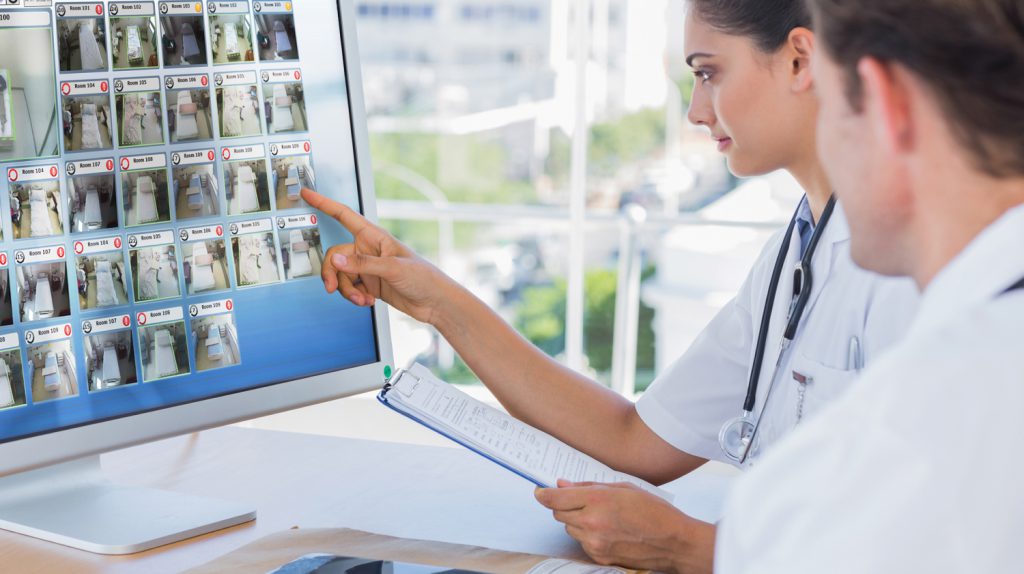
Predictive Patient Monitoring
Artificial Intelligence (AI) technology is changing the world of patient care. Every year, approximately 1 million hospital patients fall and injure themselves. Most of these patients are elderly, and many of them die or suffer permanent disability. Predictive monitoring in hospitals can greatly reduce those numbers.
How Predictive AI Patient Monitoring Works
An ounce of prevention is worth a pound of cure. Although that adage is ancient, it very much applies to the latest advances in AI patient monitoring. When used in the healthcare setting, predictive AI algorithms analyze tremendous amounts of data points to provide insights into a patient’s needs and boost outcomes. These algorithms can be used to assist in the diagnosis of disease processes, predict patient cognitive and mobility issues and automatically assess fall risk.
Facilities can prevent patient falls in hospital rooms with AI because the system recognizes that the person is attempting to rise out of the bed up to a minute before they actually get up. By using predictive AI, healthcare facilities have managed to reduce falls by as much as 90 percent. The AI sensors can tell whether a patient is simply shifting in bed or planning to get out of bed with nearly 100 percent accuracy.
Predictive Patient Monitoring Accuracy
The hospital environment contains all sorts of alarms. The beeping of equipment serves as a backdrop to virtually every aspect of patient care. Unfortunately, the overwhelming majority of hospital alarms are false, leading to staff either ignoring the alarms or taking their time to attend to patients. According to the American Association of Critical Care Nurses, alarm fatigue, or sensory overload, affects staff and patient care significantly. Hundreds of patients have died and many more have experienced severe injuries due to alarm fatigue.
Predictive AI monitoring makes alarm fatigue a thing of the past. Because AI monitoring is so accurate, nursing staff know such alarms are the real thing. The pandemic has contributed to a nursing shortage already in place before COVID-19. AI patient monitoring takes a considerable burden off nursing staff, as they know an alert is a genuine emergency, not a false alarm.
An Aging Population and Healthcare
The U.S. population is aging. The cohort most likely to need nursing care, those aged 85 and up, is expected to quadruple by 2040. Combined with a healthcare worker shortage, those demographics are deeply concerning. However, predictive AI serves as a crucial tool in every aspect of healthcare. When it comes to helping an aging population, our AI safety system can prevent all sorts of negative occurrences. It improves both length and quality of life. Along with prediction, AI also prevents and protects.
CareView® redefines the standard of care in hospitals with real-time predictive patient monitoring solutions. Our patented Virtual Chair Rails® and Virtual Bed Rails® use advanced AI learning to detect potentially at-risk movements and behavior. Contact us today to learn more about our proactive approach to patient safety!